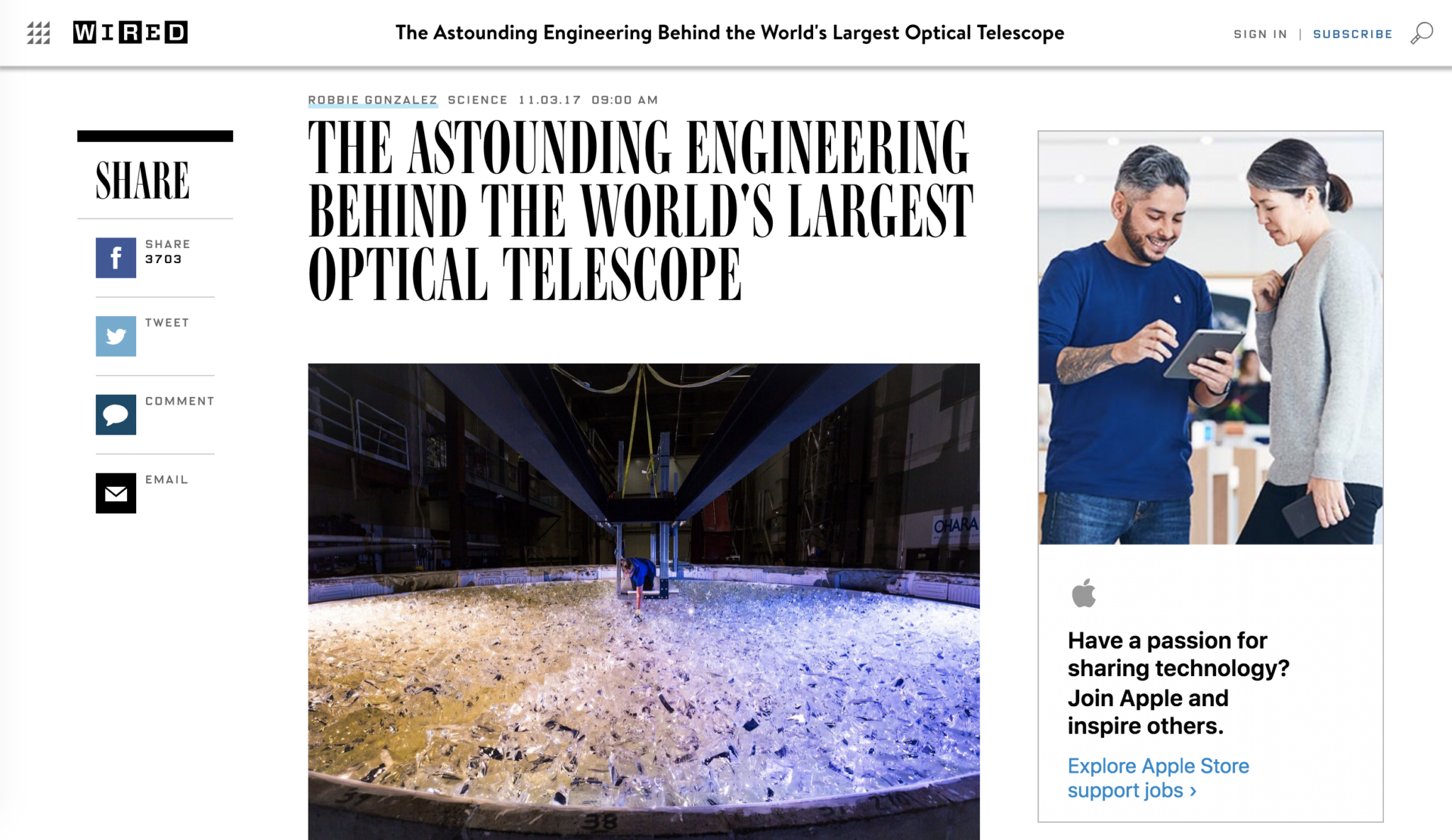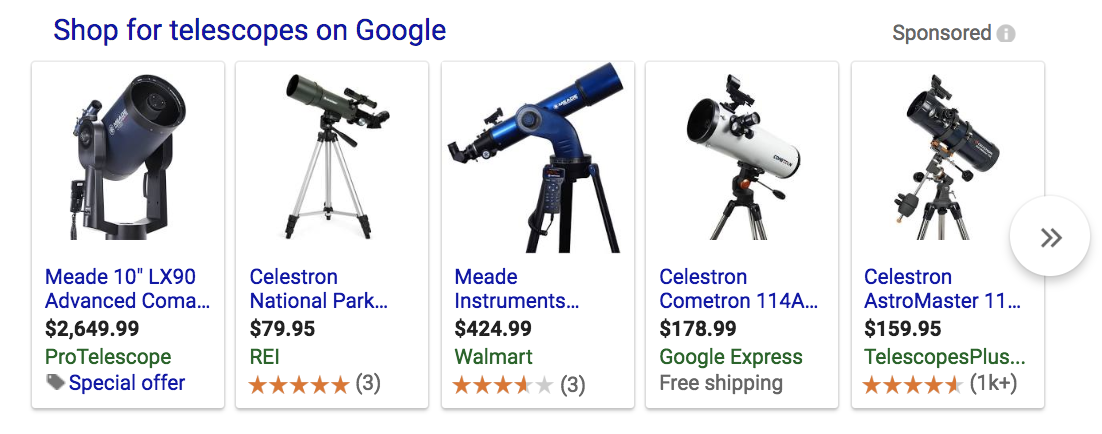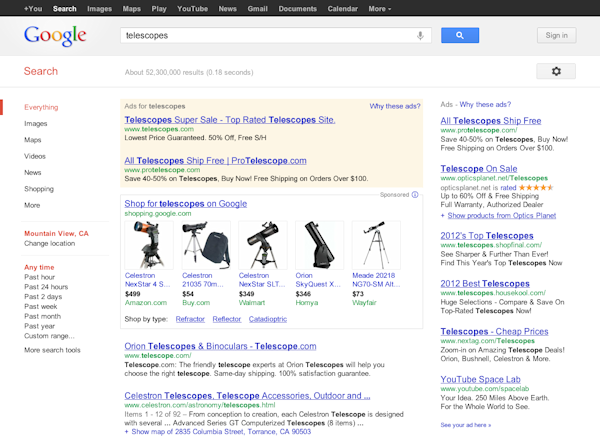Love at First Site: Organic SEO & PPC Are the Perfect Couple
If someone told you to name some famous couples, you might come up with William and Kate, Beyoncé and Jay-Z, Tom and Jerry and… Ben and Jerry? While all these couples are popular, the hottest new couple lives in a more virtual atmosphere. Organic search engine optimization (SEO) and pay-per-click (PPC) ads are proving to be a match made in heaven.
For most businesses, especially e-commerce companies, SEO is the highest marketing priority. We all want our business to be the first listing on Google search results. Come on, we all want to be in first place—especially when the livelihood of our business depends on it. But getting a listing on the front page of search results can be difficult. In fact, organic click-through-rates (CTR) have decreased by 25 percent on desktops and 55 percent on mobile since 2015. Luckily, an organic keyword strategy plus paid Google ad campaigns have the chemistry needed to elevate your search listing to the first page of results and increase website traffic.
Organic SEO, 1.0
In the olden days of the internet, SEO wasn’t so hard. You could simply plug keywords into website copy a bunch of times. Keywords could even be hidden in the background using white text on a white background to increase the words search engines would read. But the Google algorithms became smarter than our little “cheats,” and we have faced even more challenges as SEO evolves.
When in doubt, follow these simple SEO guidelines:
- Upload your website’s sitemap to Google Search Console
- Connect your website to Google Search Console with Schema, a user-friendly plugin
- Fill in all page meta titles and meta descriptions (Yoast is a helpful plugin that eliminates coding meta elements)
- Make sure all images are titled appropriately and have descriptive alt tags, using the page keyword
- Check all outbound and inbound links to make sure none are broken
- Use heading tags to create content hierarchy
Paid search ads
In addition to your SEO efforts, there are a bunch of paid media options available. Google primarily offers three types of ads: search ads, display ads and shopping ads (examples are displayed below). Paid search ads are viewed in-line with organic search results while display ads feature images and are most commonly displayed across banners of other websites. On the other hand, shopping ads have an associated image, and are located on search results.
Google ad examples
Search Ads

Display Ads

Shopping Ads

Although display ads and shopping ads have plenty of benefits, search listing ads tend to pair best with an organic SEO strategy. Search ads are a way to quickly increase traffic in a matter of weeks rather than months or years. While organic SEO takes it’s time to provide results for your website, PPC takes the lead.
Google search ads have also evolved drastically in the last few years in order to blend in with organic listings. Previously, Google ad listings stuck out like a sore thumb, highlighted in yellow, bolded, with a large “ad” symbol.

This provided no camouflage in search results, leading users to actively avoid the listings. However, Google gradually changed the design of its PPC ads to blend into organic listings.
Now, users often can’t or don’t decipher between ads and organic content. In fact, sponsored content accounts for 65 percent of all search listing clicks.
The two get hitched
SEO strategies work best when PPC ads and organic keywords work together in perfect harmony. The trick is figuring out what keywords need to be purchased and which ones can be snatched up organically. There are plenty of keyword research tools like Moz Keyword Explorer that will help you figure out which keywords you need to capture in order to increase traffic. Other tools like SpyFu can inform you about what words competitors are purchasing and how much those words cost. With this organic and paid content working together, you can establish search engine dominance over competitors and increase traffic to your pages. Want us to help you? Contact us!
Updated: Nov 15, 2024
 Taylor Farace
Taylor Farace Kati Terzinski
Kati Terzinski Erin Murray
Erin Murray